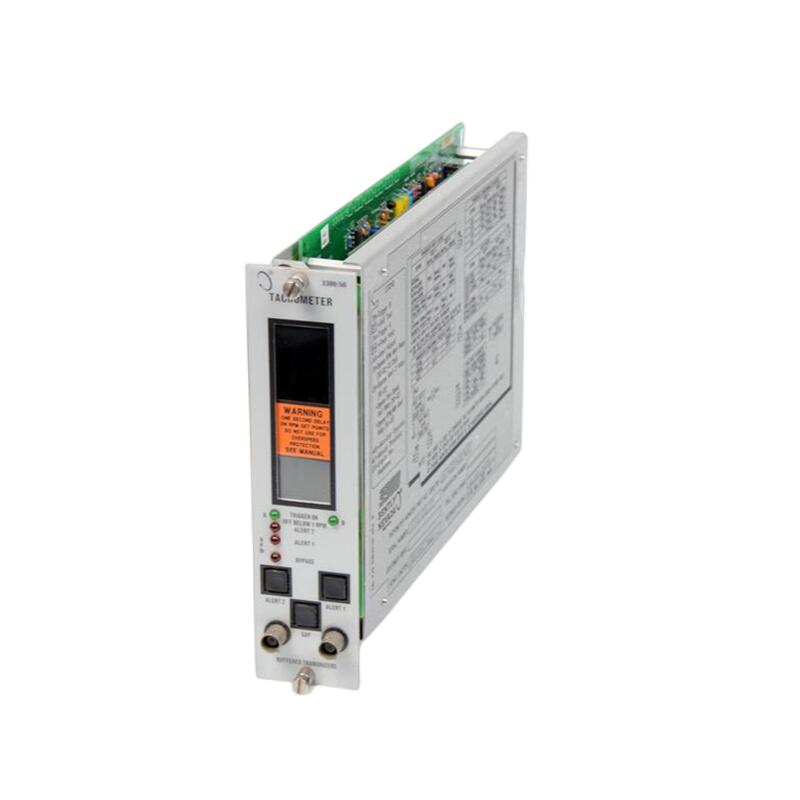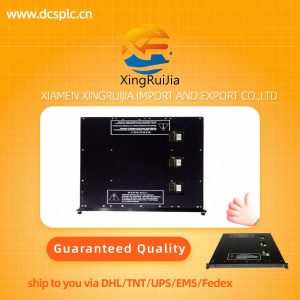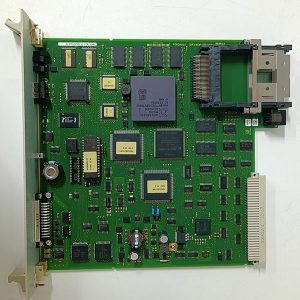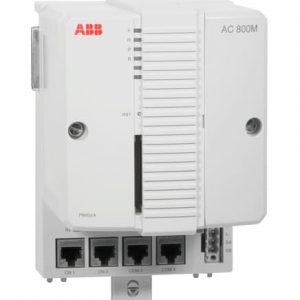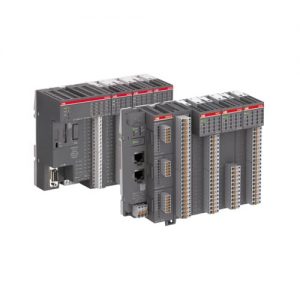描述
| contact | seek advice from | mailbox |
| Su Mingli | +86 18059281367 | sales5@xrjdcs.com |
Xiamen XingRuiJia is a supplier of
BASLER A404K Industrial Module
and will be your good helper. Please feel free to inquire for more details.
Features:
The Basler A400k array camera adopts a CMOS sensor chip, providing electronic rolling shutter and electronic exposure time
Control and other functions. The exposure time is triggered through internal synchronization signals (free running mode) or external triggering (ExSync
)Signal control. ExSync signals are beneficial for periodic or non periodic pixel readout.
In any free running mode, the camera will generate its own internal control signal, which is used to control
Exposure and charge readout. When running freely, the camera will continuously output frames.
When the exposure is controlled by the ExSync signal, the exposure time can be level controlled or programmable. In level control mode, when the ExSync signal is low, charges will accumulate. The rising edge of ExSync triggers readout. In programmable mode, the exposure time can be programmed to a predetermined time period. In this case, the exposure starts at the rising edge of ExSync and the accumulated charge is read at the end of the programmed exposure time.
During readout, the accumulated charge is removed from the photosensitive sensor element (pixel). Move out is based on the clock frequency of the imaging sensor
The rate is used for timing. When charges move out of pixels, they are converted into voltages proportional to the size of each charge.
This sensor has a column parallel analog-to-digital converter (ADC) architecture, which allows for 2352 ADCs on the chip(
The 2320 ADC arrays in A405k and A406k simultaneously digitize analog data from an entire row of pixels. model
The simulated data is converted into 10 bit digital pixel data by a 10 bit ADC. The digitized data is stored in a column parallel 10 bit ADC register.
Now, digitized pixel data is shifted in 160 bit portions from the ADC register to the output register, and in ascending numerical order from the image
Output from pixel 1 to pixel 2352. (2320 in A405K and A406K) and from the first line to the last through 16 output ports
In one row, each output port transmits 10 bit pixel data in parallel per cycle. Finally, reformat the output data and transform it
Remove the camera as follows:
·In A402k, the data is reformatted into two parallel output streams (with two taps).
·In A403k, the data is reformatted into 4 data streams for parallel output (4 taps).
·In A404k, data is reformatted to be output in parallel with 4 data streams (4 taps) or in parallel with 8 data streams (8 taps)
).
·In A405k, the data is reformatted into 8 data streams for parallel output (8 taps).
·In A406k, the data is reformatted into 10 data streams for parallel output (10 times).
Use the transmission format defined by Camera Link to transfer 8-bit or 10 bit video data from the camera to the image capture card
. The camera can transmit videos with a depth of 8 or 10 bits (8 bit depth only in A406k).
To achieve optimal digitization, the gain and offset can be programmed through a serial port.



